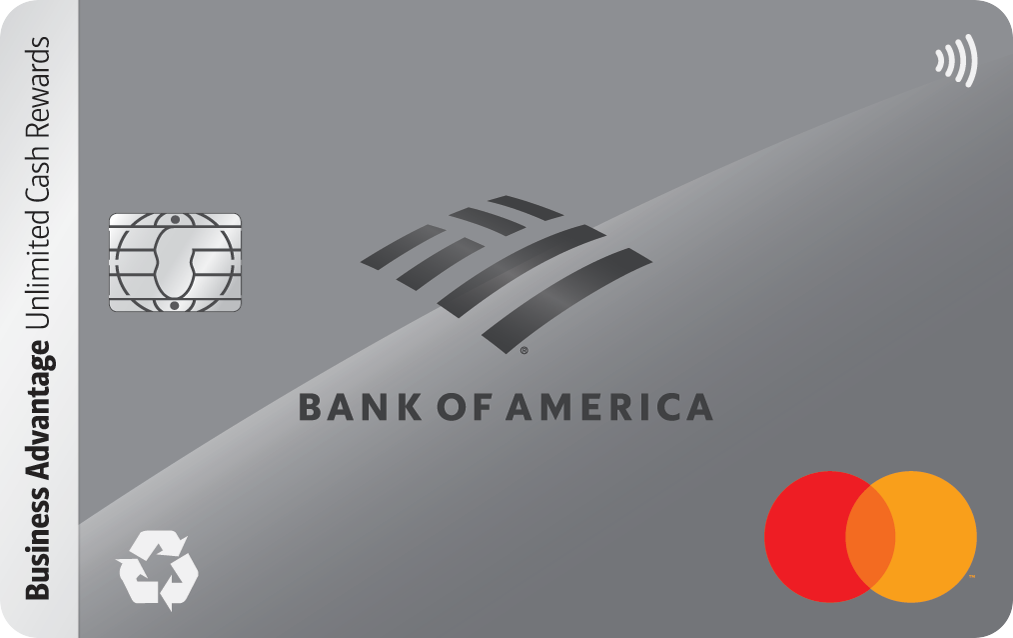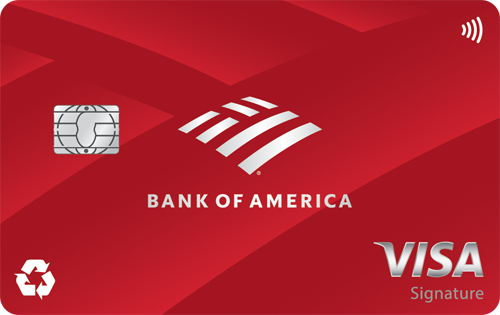Looking for the Best High-Yield Savings Rates on Sept. 9, 2025? Earn up to 5.00% APY Today
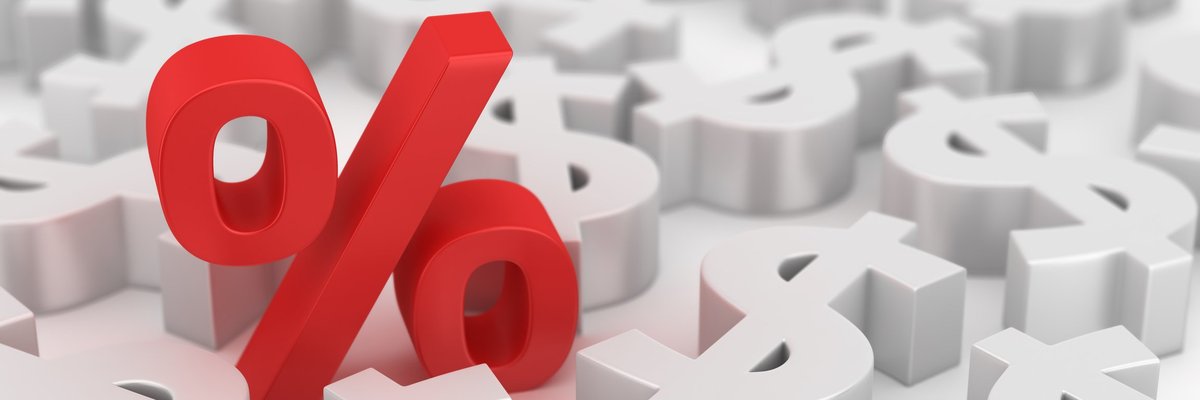
Image source: Getty Images
Savers are still in a strong spot this September. Many high-yield savings accounts (HYSAs) are offering 4.00% APY or more -- far better than the minimal interest most big banks provide.
An HYSA gives you the same safety and access as a standard savings account, but with much higher earning power. Even a small balance can grow faster when it's collecting several times the national average rate.
The Fed meets in just over a week, and a rate cut is widely expected. That means today's higher yields may not be around much longer. Here are the best high-yield savings account rates available now.
- Varo Savings -- up to 5.00% APY (Max APY on up to $5,000, 2.50% APY after)
- Pibank Savings -- 4.60% APY (No min. balance)
- Elevault -- 4.60% APY (No min. balance. Balances over $250,000 do not earn interest)
- Presidential Bank Advantage Savings -- 4.50% APY ($5,000 min. to open, terms apply)
- Axos ONE® -- up to 4.31% APY (Min. balance: $1,500)
Data source: Issuing banks. Rates are accurate as of Sept. 8, 2025.
A standout pick: The NexBank High-Yield Savings Account from Raisin stands out with a 4.25% APY and only $1 necessary to get started. It's one of the few top-tier rates still widely available -- and with no monthly account fees, it's a smart move while rates remain high. Read our full review of the NexBank High-Yield Savings Account from Raisin to learn more and open an account today.
Our Picks for the Best High-Yield Savings Accounts of 2025
| Account | APY | Bonus | Next Steps |
|---|---|---|---|
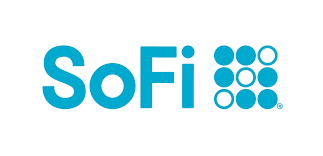
Open Account for SoFi Checking and Savings
On SoFi's Secure Website.
4.90/5
Our ratings are based on a 5 star scale.
5 stars equals Best.
4 stars equals Excellent.
3 stars equals Good.
2 stars equals Fair.
1 star equals Poor.
We want your money to work harder for you. Which is why our ratings are biased toward offers that deliver versatility while cutting out-of-pocket costs.
|
up to 4.00%
Rate info
Earn up to 4.00% Annual Percentage Yield (APY) on SoFi Savings with a 0.70% APY Boost (added to the 3.30% APY as of 12/23/25) for up to 6 months. Open a new SoFi Checking and Savings account and pay the $10 SoFi Plus subscription every 30 days OR receive eligible direct deposits OR qualifying deposits of $5,000 every 31 days by 1/31/26. Rates variable, subject to change. Terms apply at sofi.com/banking#2. SoFi Bank, N.A. Member FDIC.
Min. to earn: $0
|
Earn $50 or $300 and +0.70% Boost on Savings APY with direct deposit. Terms apply.
Earn up to 4.00% Annual Percentage Yield (APY) on SoFi Savings with a 0.70% APY Boost (added to the 3.30% APY as of 12/23/25) for up to 6 months. Open a new SoFi Checking and Savings account and pay the $10 SoFi Plus subscription every 30 days OR receive eligible direct deposits OR qualifying deposits of $5,000 every 31 days by 1/31/26. Rates variable, subject to change. Terms apply at sofi.com/banking#2. SoFi Bank, N.A. Member FDIC. |
Open Account for SoFi Checking and Savings
On SoFi's Secure Website. |
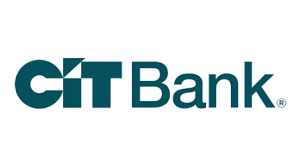
Open Account for CIT Platinum Savings
On CIT's Secure Website.
4.60/5
Our ratings are based on a 5 star scale.
5 stars equals Best.
4 stars equals Excellent.
3 stars equals Good.
2 stars equals Fair.
1 star equals Poor.
We want your money to work harder for you. Which is why our ratings are biased toward offers that deliver versatility while cutting out-of-pocket costs.
|
3.75%
Rate info
3.75% APY for balances of $5,000 or more; otherwise, 0.25% APY
Min. to earn: $5,000
|
Earn a bonus of up to $300 after a one-time deposit of $25,000+
This limited-time offer to qualify for a $225 cash bonus with a minimum deposit of $25,000 or a $300 bonus with a minimum deposit of $50,000 is available to New and Existing Customers who meet the Platinum Savings promotion criteria. The Promotion begins on September 23, 2025, and can end at any time without notice. Customers will receive a $225 or a $300 bonus provided that the program requirements are met. Click here to see promotion details and terms: https://www.cit.com/cit-bank/platinum-savings/PS2025 |
Open Account for CIT Platinum Savings
On CIT's Secure Website. |

Open Account for Western Alliance Bank High-Yield Savings Premier
On Western Alliance Bank's Secure Website.
4.40/5
Our ratings are based on a 5 star scale.
5 stars equals Best.
4 stars equals Excellent.
3 stars equals Good.
2 stars equals Fair.
1 star equals Poor.
We want your money to work harder for you. Which is why our ratings are biased toward offers that deliver versatility while cutting out-of-pocket costs.
|
3.90%
Rate info
The annual percentage yield (APY) is accurate as of December 2, 2025 and subject to change at the Bank’s discretion. Refer to product’s website for latest APY rate. Minimum deposit required to open an account is $500 and a minimum balance of $0.01 is required to earn the advertised APY.
Min. to earn: $500 to open, $0.01 for max APY
|
N/A
|
Open Account for Western Alliance Bank High-Yield Savings Premier
On Western Alliance Bank's Secure Website. |
Platinum Savings is a tiered interest rate account. Interest is paid on the entire account balance based on the interest rate and APY in effect that day for the balance tier associated with the end-of-day account balance. APYs — Annual Percentage Yields are accurate as of November 20, 2025: 0.25% APY on balances of $0.01 to $4,999.99; 3.75% APY on balances of $5,000.00 or more. Interest Rates for the Platinum Savings account are variable and may change at any time without notice. The minimum to open a Platinum Savings account is $100.
Based on comparison to the national average Annual Percentage Yield (APY) on savings accounts as published in the FDIC National Rates and Rate Caps, accurate as of December 15, 2025.
For complete list of account details and fees, see our Personal Account disclosures.
The annual percentage yield (APY) is accurate as of December 2, 2025 and subject to change at the Bank’s discretion. Refer to product’s website for latest APY rate. Minimum deposit required to open an account is $500 and a minimum balance of $0.01 is required to earn the advertised APY.
Accurate as of the time of publication. The national average rate referenced is from the FDIC’s published National Rates and Rate Caps for Savings deposit products, accurate as of December 15, 2025. See the FDIC website for more information.
At Motley Fool Money, we rate savings accounts on a five-star scale, shown in tenths of a point to highlight even small differences between products. Accounts are evaluated across four main criteria:
- APY
- Brand and reputation
- Fees and minimum requirements
- Accessibility and features
Scores may be adjusted to reward limited-time high rates or penalize accounts with excessive fees. Our goal is to highlight accounts that are competitive, easy to use, and backed by trusted institutions. Learn more about how Motley Fool Money rates bank accounts.
At Motley Fool Money, we rate savings accounts on a five-star scale, shown in tenths of a point to highlight even small differences between products. Accounts are evaluated across four main criteria:
- APY
- Brand and reputation
- Fees and minimum requirements
- Accessibility and features
Scores may be adjusted to reward limited-time high rates or penalize accounts with excessive fees. Our goal is to highlight accounts that are competitive, easy to use, and backed by trusted institutions. Learn more about how Motley Fool Money rates bank accounts.
Should you open a high-yield savings account now?
Right now, many of the best HYSAs are paying between 4.00% and 5.00% APY -- well above inflation and far higher than the minimal interest most big banks still offer.
They're safe and flexible, too. Deposits up to $250,000 are FDIC-insured, and you can move or withdraw money anytime. With no lockup period, an HYSA is a practical choice whether you're setting aside cash for emergencies or short-term goals.
The catch? These strong rates may not stick around. The Fed's next meeting is coming up soon, on Sept. 16–17, and many experts expect a rate cut. Some banks have already started lowering APYs, so waiting could mean missing out on today's top savings rates.
How to open a high-yield savings account in 3 easy steps
You can set up an HYSA in no time. Here's what to do:
- Pick the right high-yield savings account. Search for one with a strong APY, no monthly fees, and requirements you can easily meet. If possible, choose a bank that also offers a checking account so you can link the two for quick transfers.
- Apply online. Most banks let you open an account online. You'll just need a few basics, like your address and Social Security number.
- Move your money. Log in to your new account and transfer funds from your old savings or checking account. Transfers between banks usually take a few business days.
And that's it -- you're ready to start earning more interest. Just remember to update any automatic deposits or bill payments to your new account.
How much can your money earn in a high-yield savings account?
Here's how much interest you'd earn over different lengths of time with an HYSA paying 4.00% APY, depending on your starting balance.
| Starting Balance | 1 Year | 5 Years | 10 Years | 20 Years |
|---|---|---|---|---|
| $5,000 | $204 | $1,104 | $2,457 | $5,622 |
| $10,000 | $408 | $2,208 | $4,914 | $11,244 |
| $20,000 | $816 | $4,416 | $9,828 | $22,488 |
Given enough time, even a modest balance can bring in thousands in interest -- and that's without adding another dollar.
The sooner you open an HYSA, the sooner your money starts working harder, often earning 10 times the interest of a typical savings account. So don't wait -- open a high-yield savings account today.
-
Sources
FAQs
-
Today's still-high rates will help your savings grow faster than inflation. But rates could drop as soon as later this month, so taking advantage of a top rate now could mean more earnings in the meantime.
-
Yes, high-yield savings accounts are safe as long as they're offered by an FDIC-insured bank or NCUA-insured credit union. Your deposits are protected up to $250,000 per person, per institution, in case the bank or credit union fails.
-
It's possible savings account rates could increase in 2025. Rate hikes depend on the Federal Reserve's actions and economic shifts. If inflation rises, banks may boost rates to attract deposits. However, at this time, experts expect that rates will decrease before the end of the year, and likely as soon as later this month.
Our Research Expert

